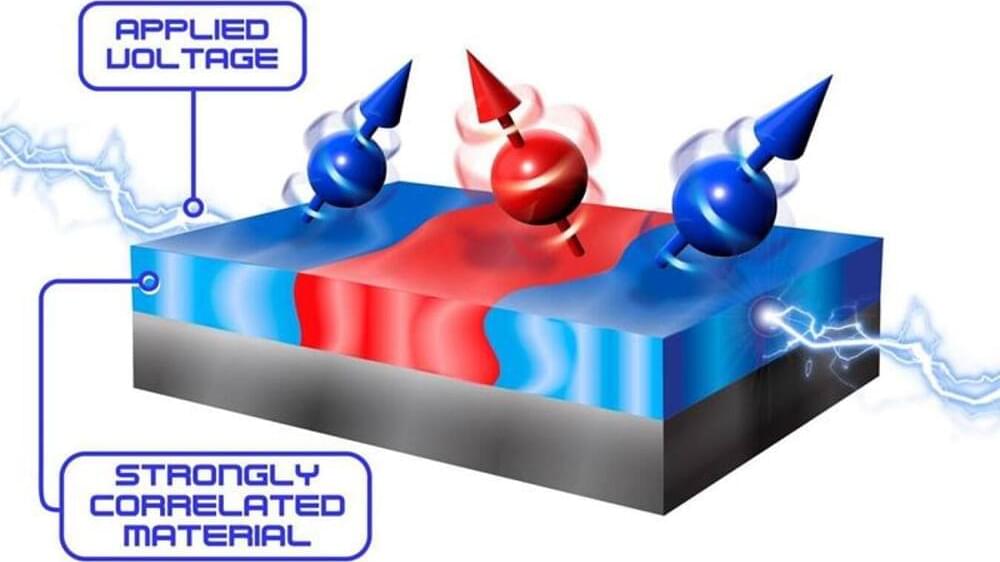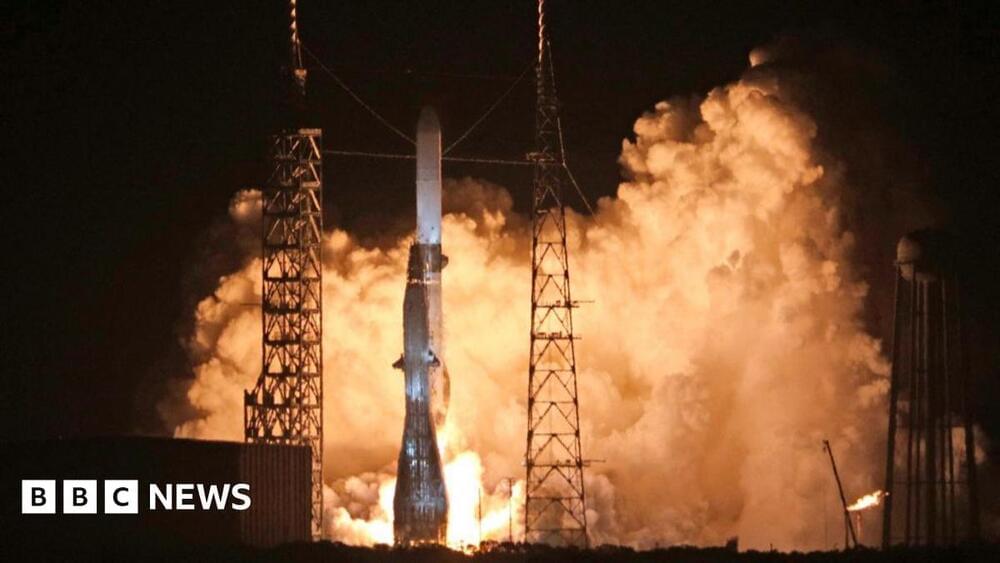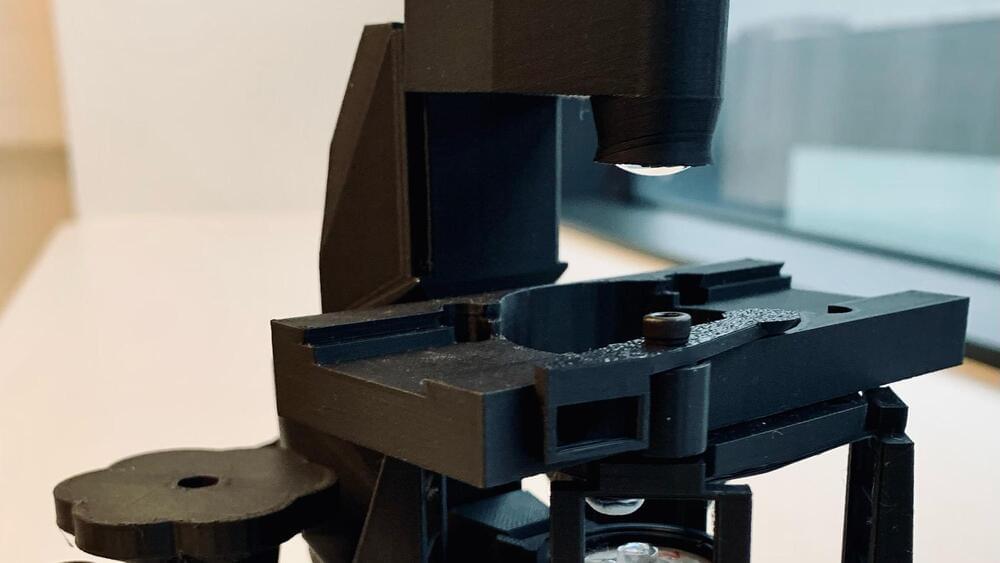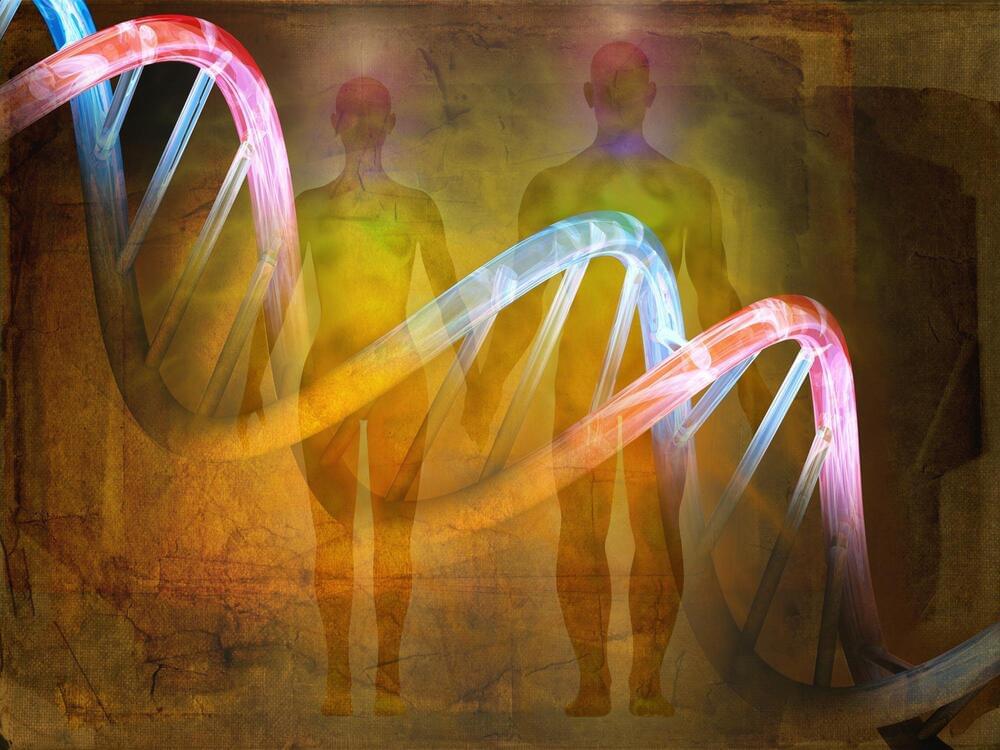A team of researchers has discovered a new way to control the magnetic behavior of quantum materials using applied voltages. Specifically, the material lanthanum strontium manganite (LSMO), which is magnetic and metallic at low temperatures but non-magnetic and insulating when relatively warm, can be influenced by voltage.
The work is published in the journal Nano Letters.
Quantum materials like LSMO are materials that possess special properties because of the rules of quantum mechanics. Researchers discovered that applying voltage to LSMO in its magnetic phase causes the material to split into regions with distinct magnetic properties. The magnetic properties of these regions depend on the applied voltage. This is important because normally, magnetic properties don’t respond to voltage.







